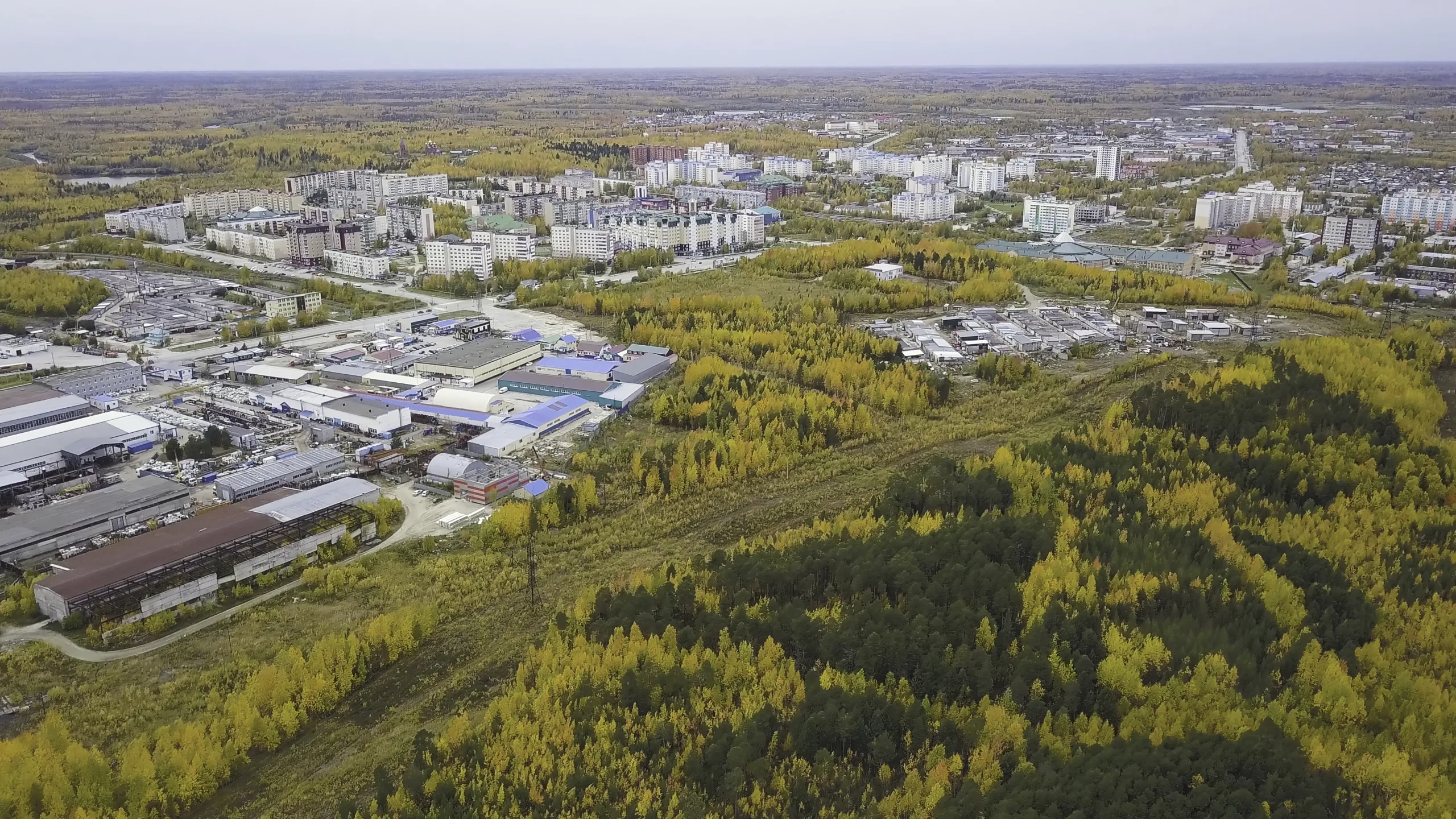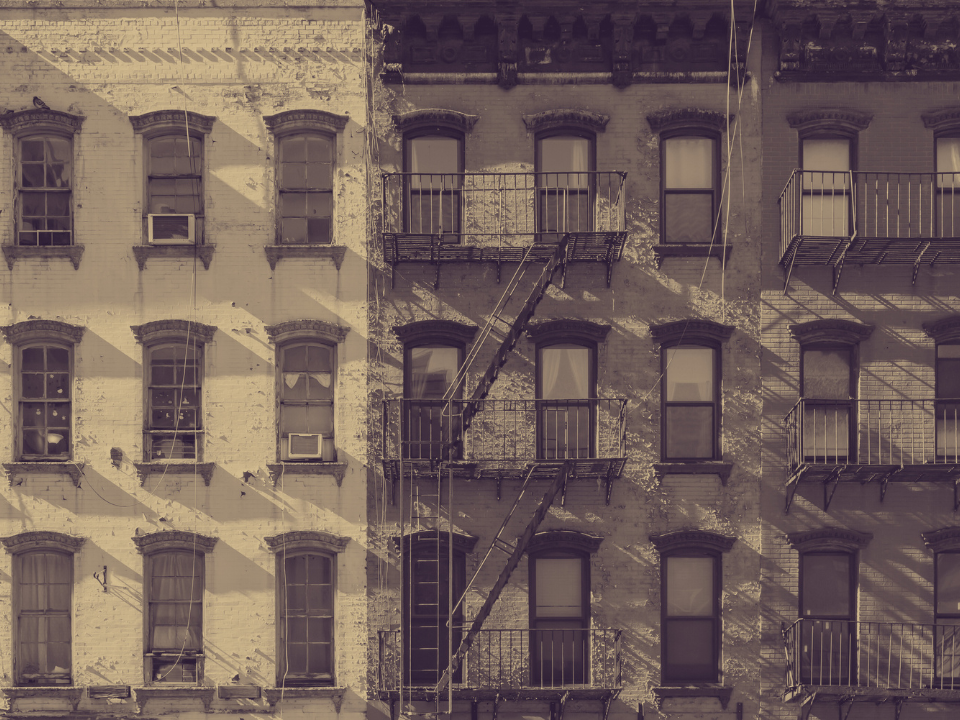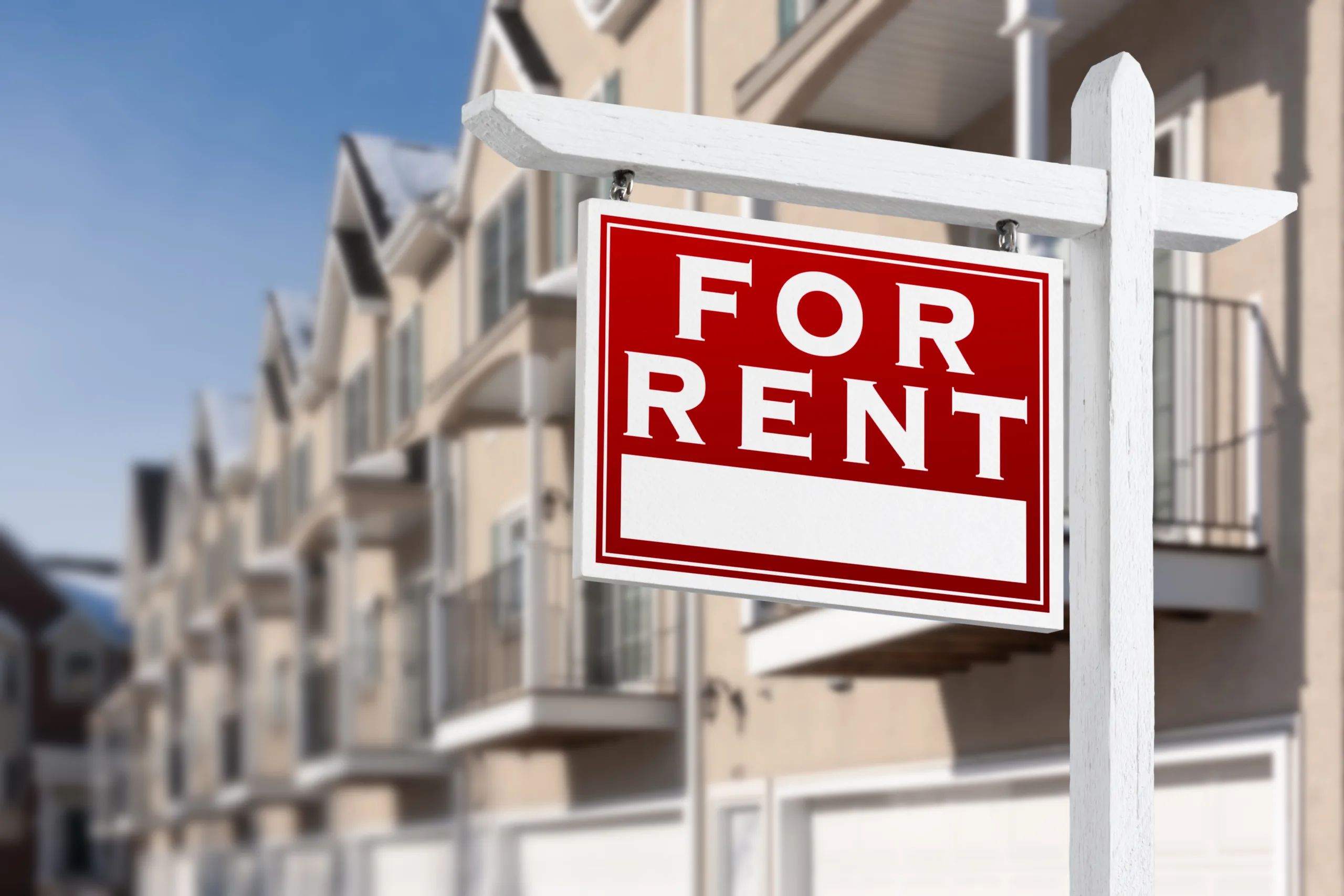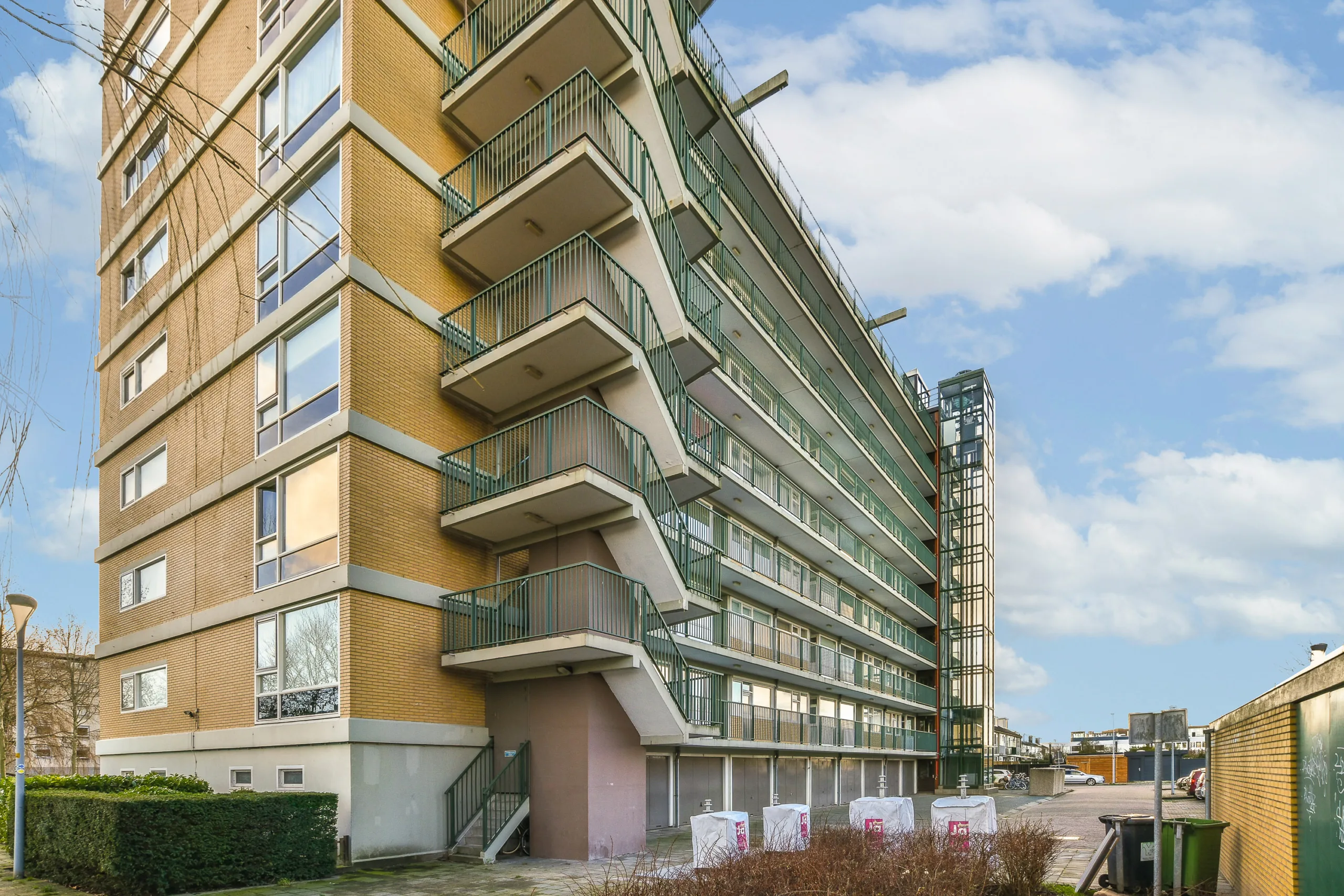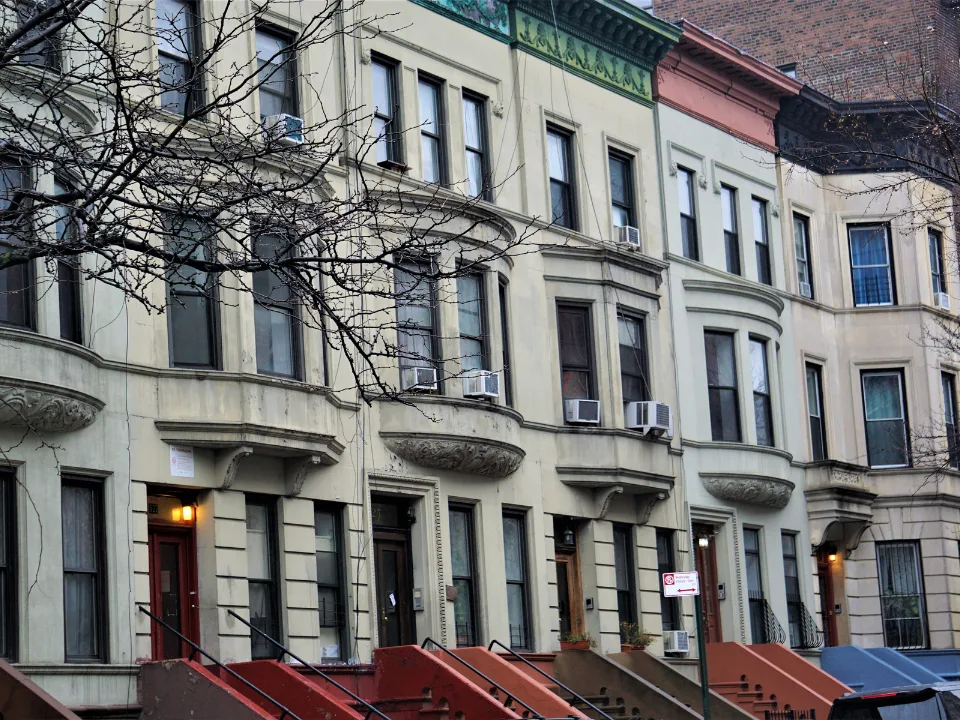- Occupancy in market-rate apartments held steady at 94.2% for the 3rd straight month, a typical July trend.
- Effective asking rents grew by 0.3%, aligning with a YTD rent expansion of 2.2%, mirroring the pace of 2023.
- Nearly 14% of units offered concessions in July, with the average discount slightly up to 28 days.
- Occupancy and rent growth varied significantly across regions, with notable differences between coastal and non-coastal markets.
According to recent data from RealPage, the U.S. apartment market showed signs of stabilization in July, with occupancy rates holding steady and rent growth showing moderate gains.
Here’s a closer look at the key trends and regional variations:
Stable Occupancy Rates
Occupancy in market-rate apartments remained at 94.2% in July, marking the third consecutive month at this level.
This trend aligns with historical patterns, in which occupancy tends to stabilize in the mid-summer months.
Modest, Steady Growth
Effective asking rents inched up by 0.3% in July. While this increase was slightly below the typical July pace from the 2010s, it still represented a 10-bps improvement over July 2023. Rents have also grown by 2.2% YTD, matching the pace observed in 2023.
Concessions also appear to be leveling off. As of July, nearly 14% of units were offering a concession, consistent with June. However, the average discount being offered rose slightly to 28 days.
Notably, concession usage remains a hyper-local phenomenon, with performances varying by market.
Regional Highlights
West: Coastal vs. Non-Coastal Divide
The U.S. West shows stabilizing apartment occupancy. In July, occupancy was down 10 bps YoY and stood at 94.6%, over 100 bps below the 10-year norm.
Major Western markets showed a split: non-coastal markets like Phoenix, Salt Lake, Las Vegas, and Denver had occupancy rates below 94%, while coastal markets such as Orange County, the Bay Area, and San Diego exceeded 95%.
South: Varied Rent Performance
The U.S. South continues to report rent impacts due to high supply. In July, 18 of the region’s 65 key markets recorded both MoM and YoY rent cuts, with Florida markets comprising 10 of these key markets.
Major Texas markets like Austin and San Antonio saw monthly rent drops, while Charlotte and Raleigh/Durham recorded rent gains for consecutive months. Meanwhile, Atlanta saw another 0.5% rent contraction in July, resulting in nearly 5% lower rents YoY.
Midwest: Leading Rent Growth
The Midwest region reported an occupancy rate of 94.8% in July, 20 bps above January figures, with rents rising by 2.8% over the past 12 months.
Overall, Midwest markets led the nation in rent growth, with three of the four major markets posting annual increases above 3%, alongside Washington, DC.
Northeast: Steady Growth
In the Northeast, July occupancy matched the January figure of 95.7%, with rents up by 2.7% over the past year.
Sioux Falls was the only market in the Midwest and Northeast regions to record a YoY rent cut, attributable to its unusually high inventory growth for the Midwest.
In Summary
The U.S. apartment market is showing signs of stabilization in occupancy and moderate rent growth. Regional variations highlight diverse trends, with coastal markets generally faring better than their non-coastal counterparts.


